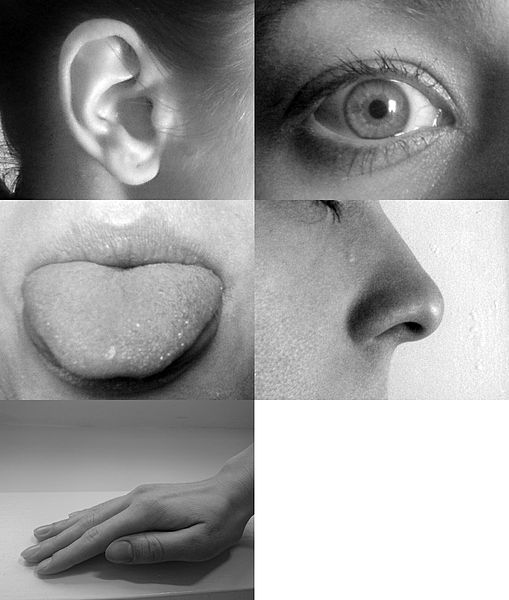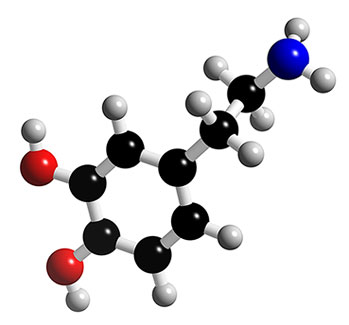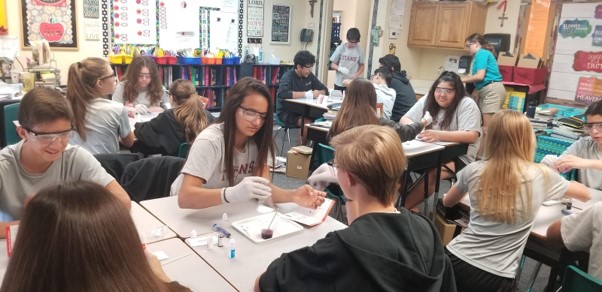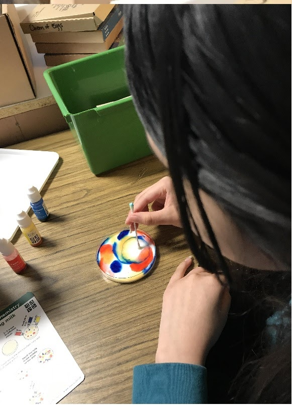Why people watch horror movies?
When an animal is scared, it either fights or flights, but people have found a way of enjoying fear – horror movies. They are one of the most popular genres in modern cinematograph, from the famous “Dracula” and “Psycho” to some brand new movies. What keeps people watching horrors?

##What is fear? As you may know, fear is a natural reaction to anything external that might seem to your brain as life-threatening. This “anything” can be percepted by any of your five senses: sight, hearing, touch, smell and taste. Depending on the danger of the cause, there is also a personal grading of fear – from a bit frightened and startled to panic. Imagine how fast your brain works, if it takes microseconds to react to the appearance of a menace!

##Biochemistry of fear
So, what happens, when you see, or hear, or otherwise sense the threat? The signal of the death possibility goes to a special section of your brain, called amigdala. The amigdala injects into the blood special compounds – neurotransmitters , which carry the electric signal between nerve cells, and that starts a whole cascade of reactions in your body.

The signal from your brain goes to the adrenal glands, which produce an enormous amount of powerful hormones, such as adrenaline. Since merely everything in our organism is controlled by hormones, adrenaline influences our condition very much. The veins and arteries get narrower, as a result the blood pressure grows, the heart begins to pound faster and the muscles contract. You are ready to react in three probable ways: to freeze, if the danger is not really big; to flee, if it is big; and to fight, if there is nowhere to run. And all this happens only in a split second!

In the cinema you can actually feel only the first two of these possibilities: you can be frozen and you can flee from the scary things, just closing your eyes and ears. Do not fight in cinemas :)
##But still, what keeps you watching the horrors? There is a molecule, called dopamine, which can also be released in bigger amounts when you are scared. It acts as a neurotransmitter in the brain and is believed to be “a hormone of happiness”. Since evolution made this compound a biochemical award for doing some vital actions, some people can enjoy their fear. And this is the very reason they buy tickets and DVDs of horror movies – to receive a dose of dopamine. We are all dopamine addicts.

red = oxygen , blue = nitrogen, black = carbon, grey = hydrogen
See also

CASE STUDY - 8th Grade students at St Timothy's Catholic School use MEL Chemistry to enhance their science lessons
Saint Timothy Catholic School in Mesa is committed to promoting academic excellence in each child it looks after. They encourage self-discipline, self-respect, and respect for others. They understand the importance of engaging students in a comprehensive and relevant curriculum. As a result, the middle school science teacher from St. Timothy Catholic School is using MEL Chemistry subscriptions to enhance and expand their range of learning activities.

CASE STUDY - MEL Chemistry allowing pupils to reach their full potential
The Empower Learning Center is the Alternative Learning Program (ALP) within the Hinckley-Finlayson School District. They offer non-traditional education options for students ages 16-21 in their daytime program, night school for traditional high school students who need to make up credits, and night school for adults 18 and older who would like to complete their diploma or equivalency.
The school was seeking engaging, hands-on chemistry kits to make their science classes more interactive, and to help their students understand key science concepts and achieve their full potential in chemistry.

CASE STUDY - MEL Chemistry at Lund International School, Sweden
Emma Taylor, a science teacher at Lund International School (Sweden), has chosen MEL Chemistry sets as the best option for her students’ science classes. In Lund International School, all programmes are taught in English, and having chemistry sets in English are a great asset to accompany science classes.
Here, Emma shares her experience of how MEL Chemistry sets improved her students’ comprehension and understanding of science concepts.